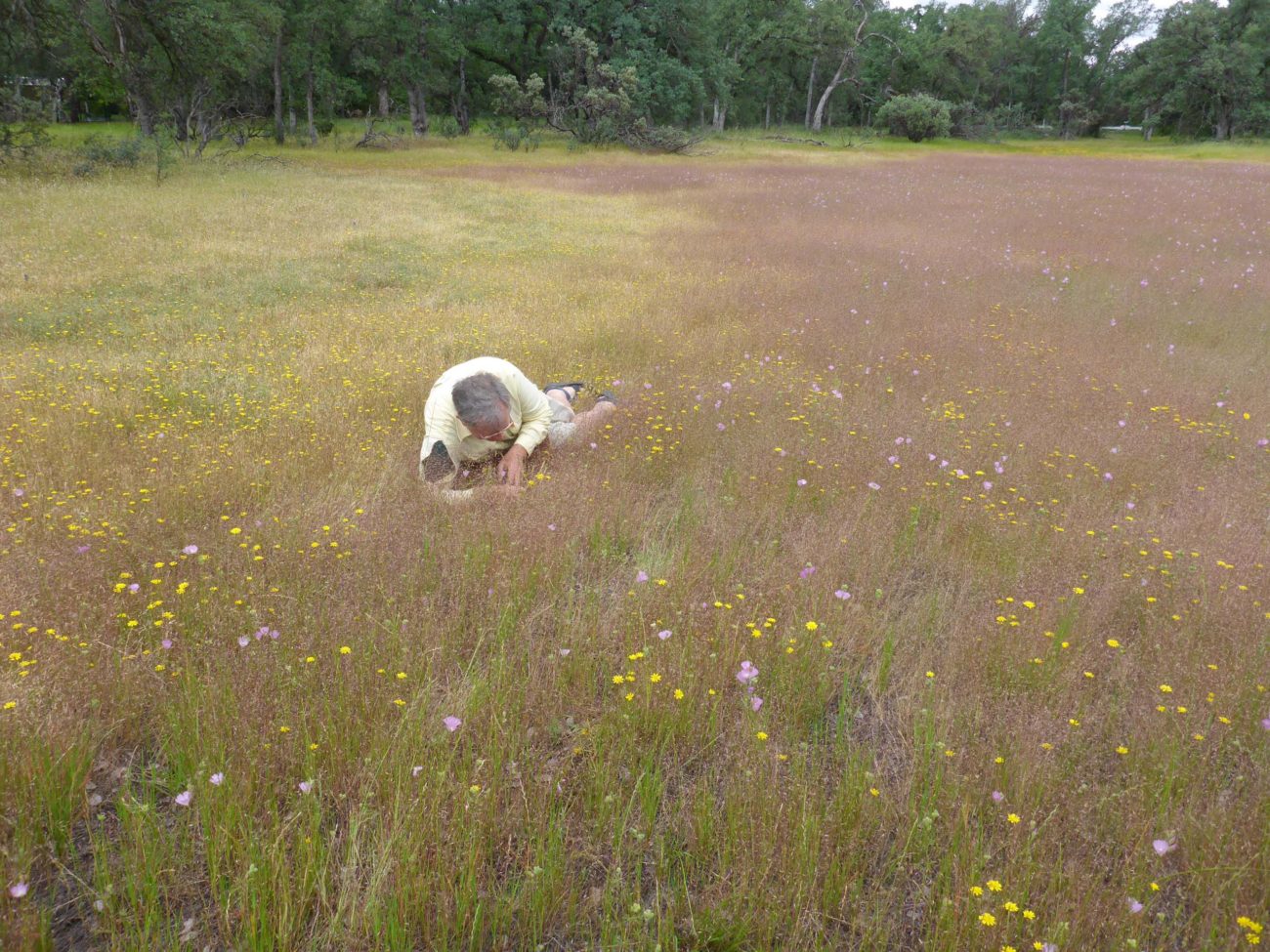
Apparently, I am an expert on the CNPS List 3 Henderson’s bentgrass (Agrostis hendersonii). Who knew! I certainly didn’t, but that is what CNPS Associate Rare Plant Botanist Doug Stone seemed to think. Doug contacted me a few weeks ago for help locating this species, as part of a CNPS project to help determine the real status of “List 3” species. California Rare Plant Rank 3 plants are those about which more information is needed. They could potentially be rare, threatened, or endangered, but we just don’t have enough information to make that determination.
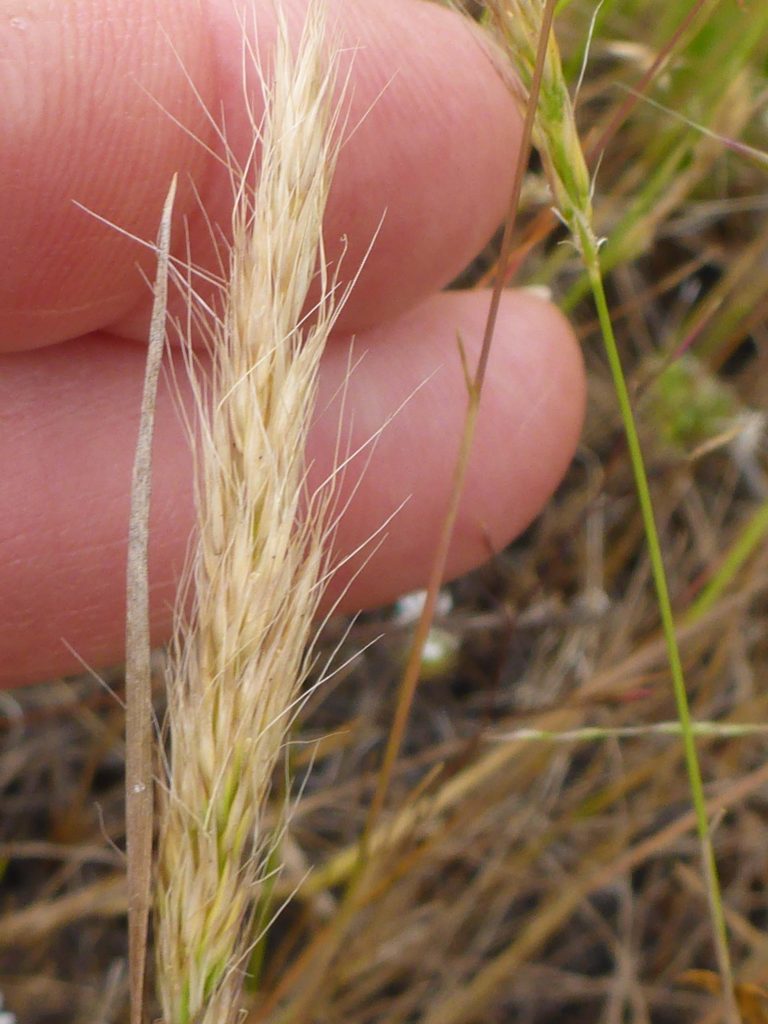
Photo by Don Burk.
After decades of languishing in limbo, these List 3 species are finally the focus of a new CNPS effort to determine their real rank. In the case of Henderson’s bentgrass, it could be a rare plant more or less restricted to interior northern California, or could be a different expression of a more common and widespread species, little-leaf bentgrass (Agrostis microphylla). High-powered genetic analysis will provide some answers.
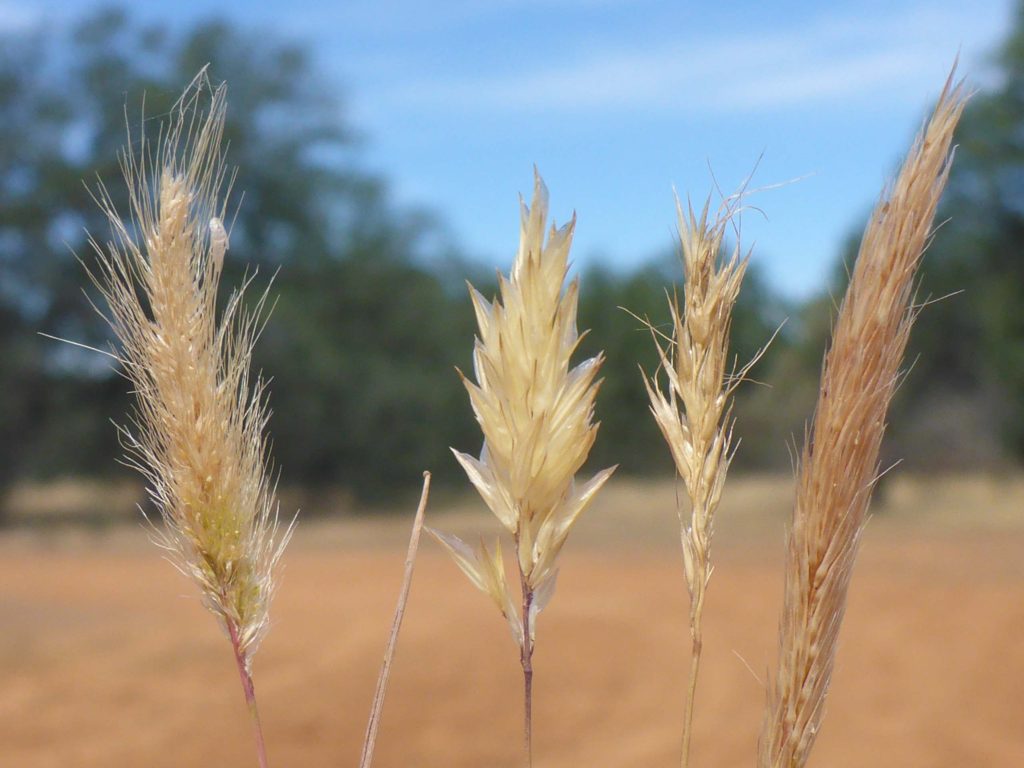
To help Doug in his quest to find young individuals of Henderson’s bentgrass suitable for genetic analysis, I lined up landowner permissions for several sites in the Redding area where I had previously seen the plants and then provided guide service on our field day.
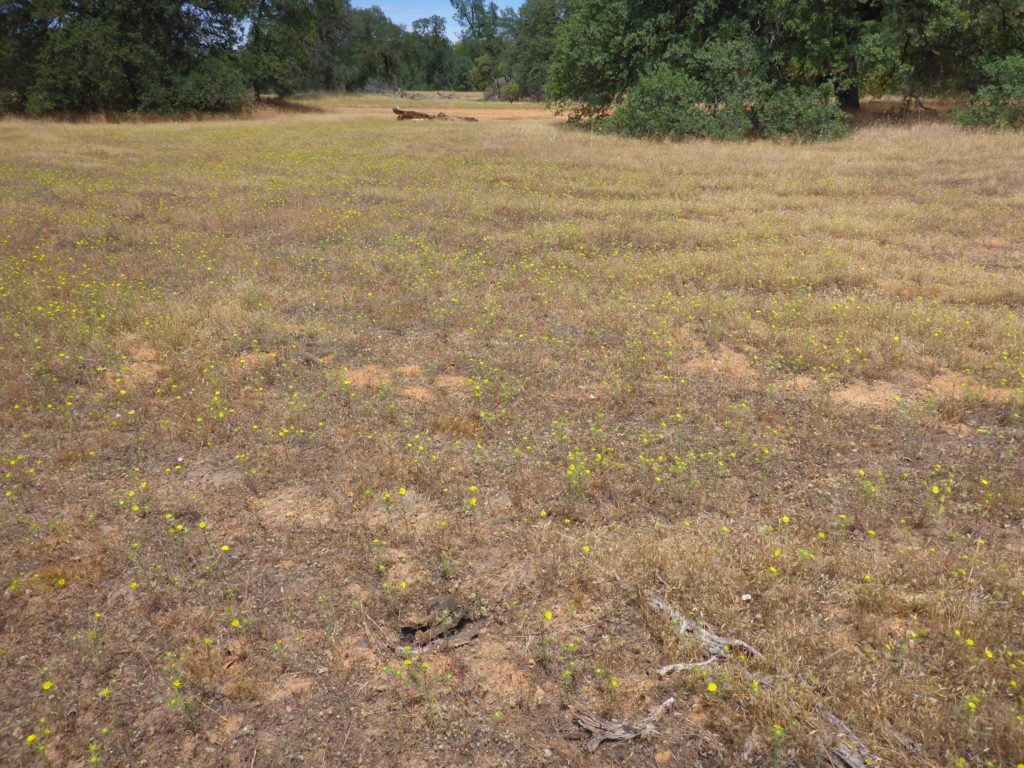
We located an abundance of plants at our first stop, but they were all too dry for genetic analysis. However, we found still-green(-ish) plants at our second and third stops. We also took time out to check on a local population of the federally listed slender Orcutt grass, which is another focus of Doug’s studies.
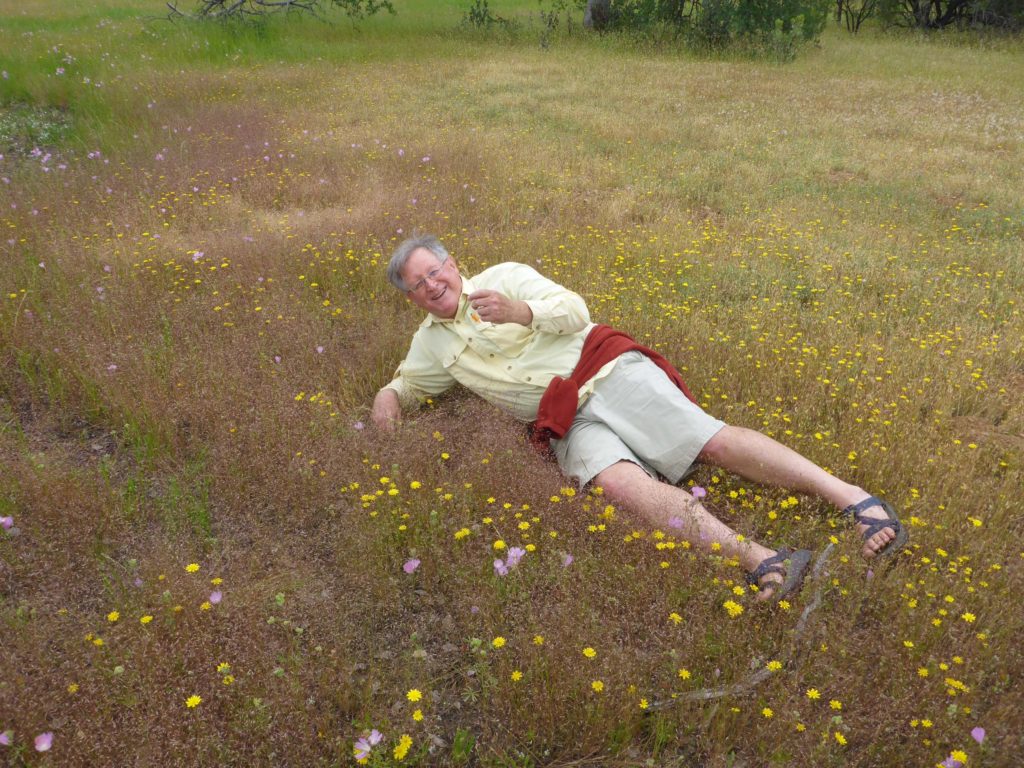
Photo by Don Burk.
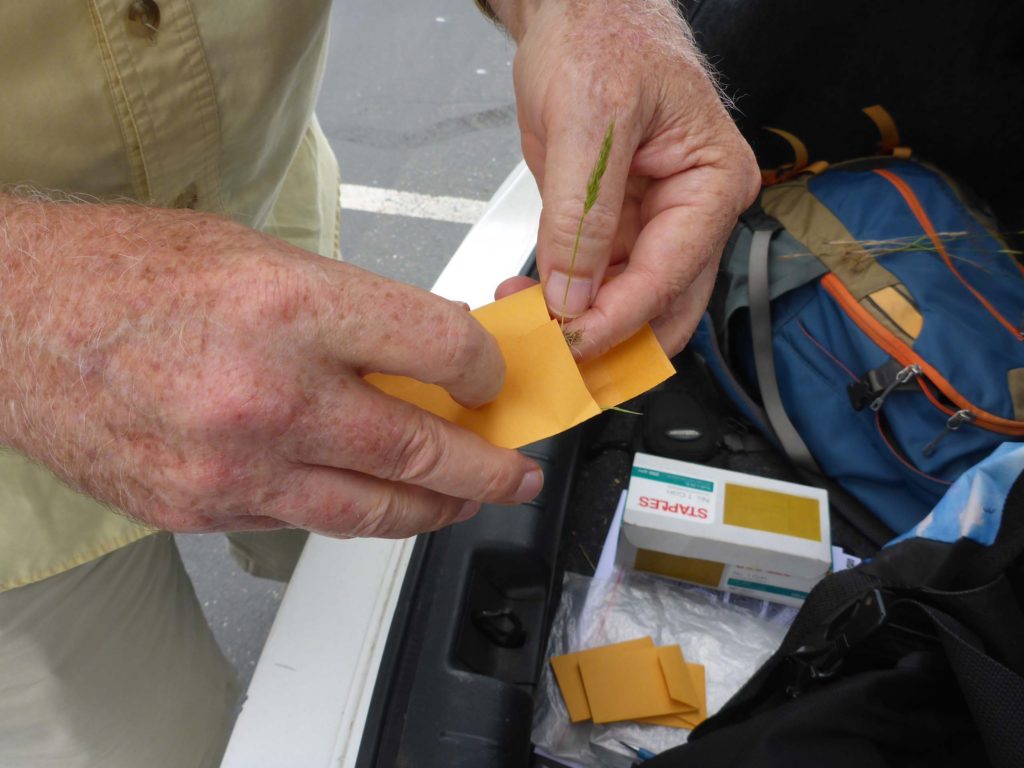
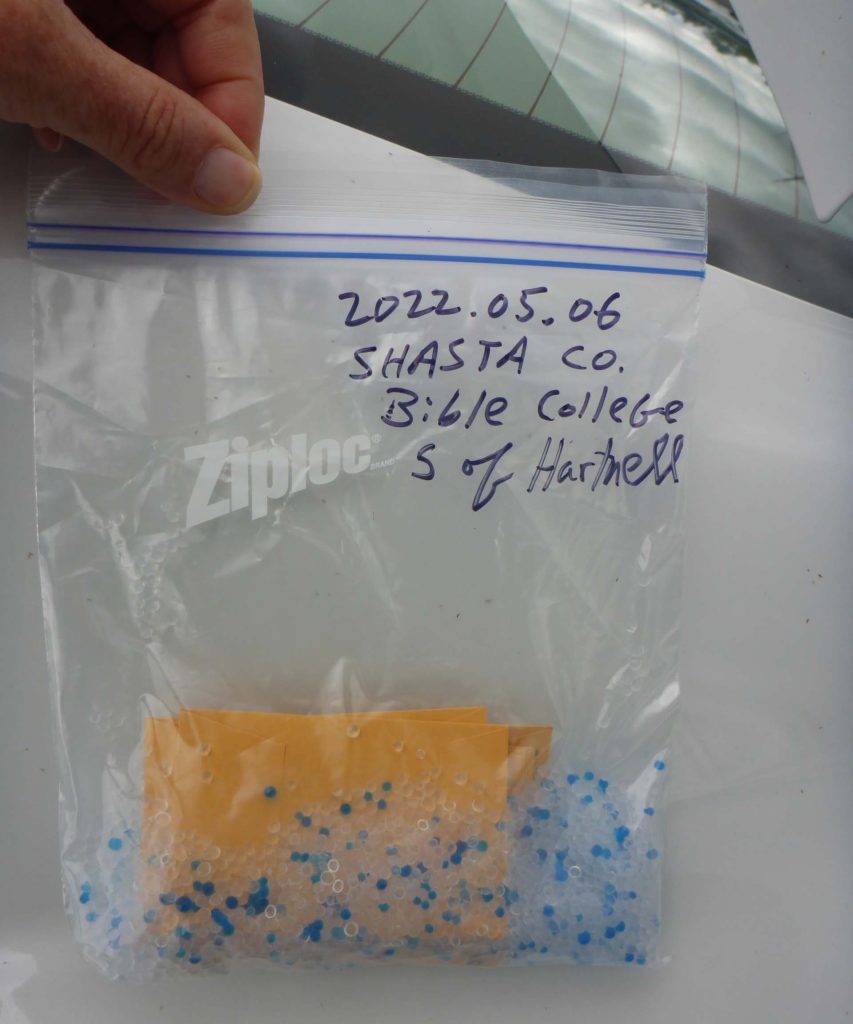
The following day, Doug unsuccessfully scouted for the grass in Butte County, where it had previously been reported in abundance in the mid-1980s. He also spent a couple days in southern Oregon with Julie Kierstead and another botanist, searching unsuccessfully for populations documented in the 1930s. On his return to the Bay Area, he checked three Tehama County populations, finding dry plants at one location. It may take another season or two to collect sufficient material for a comparative analysis, but the results will be well worth the wait!
~Don Burk, Rare Plant Chair
